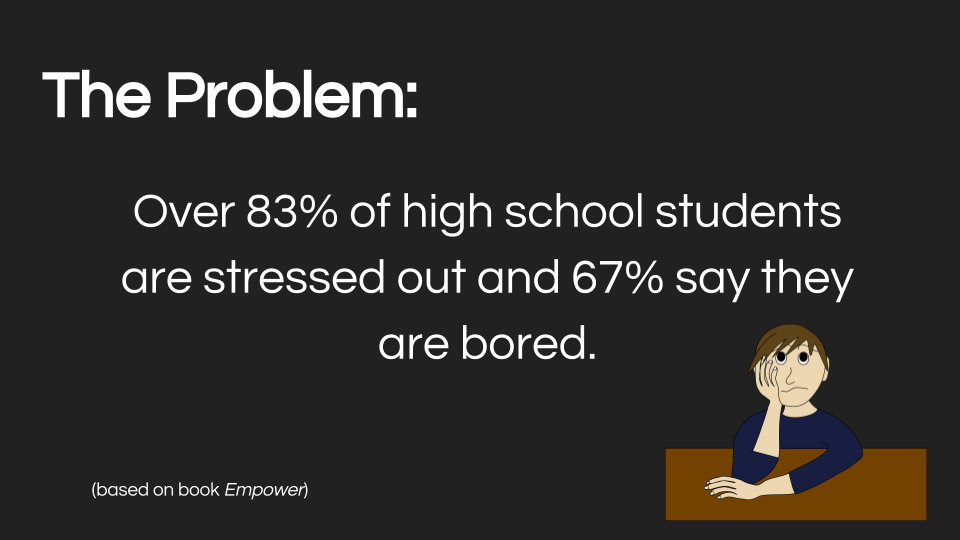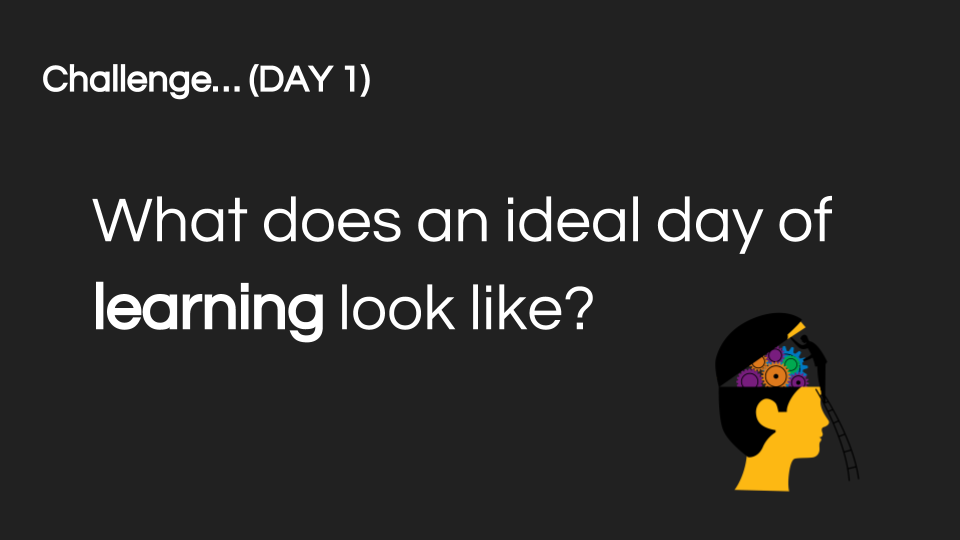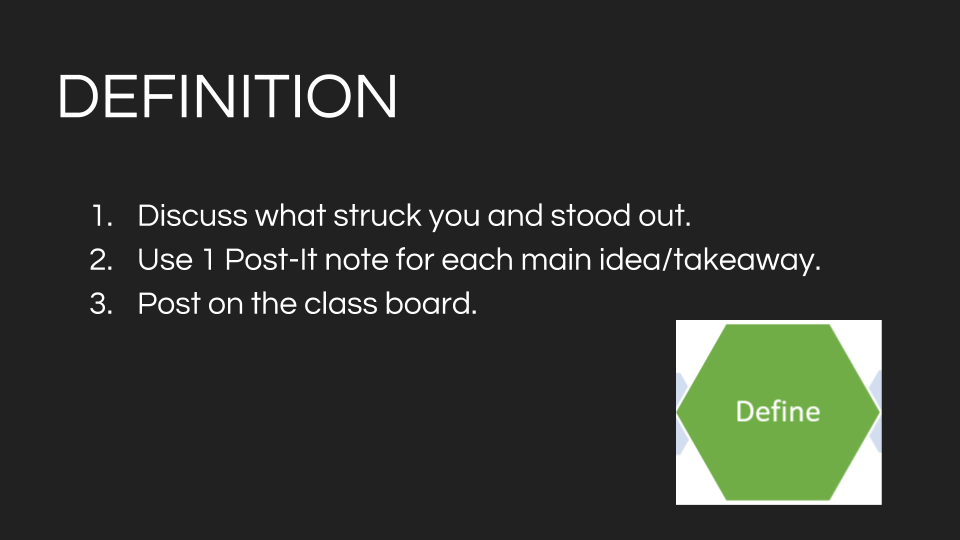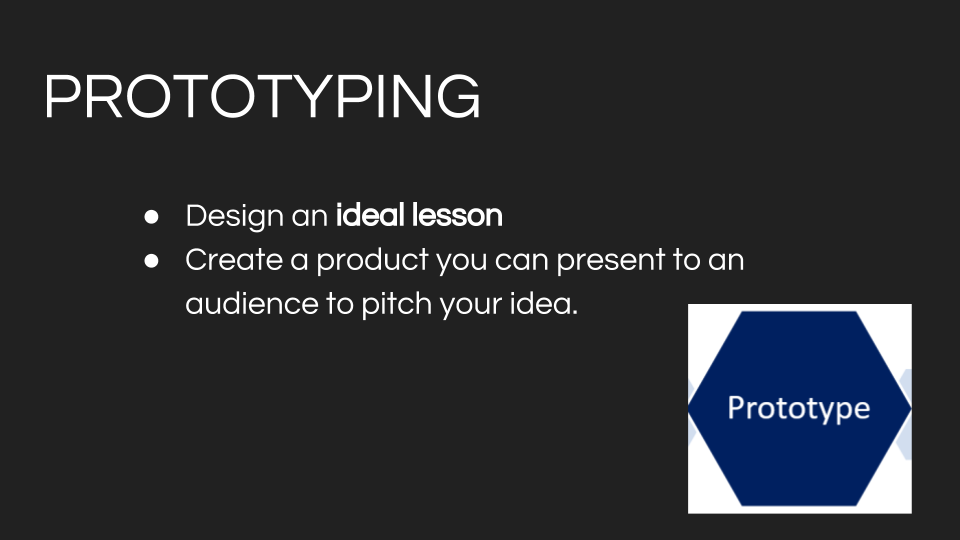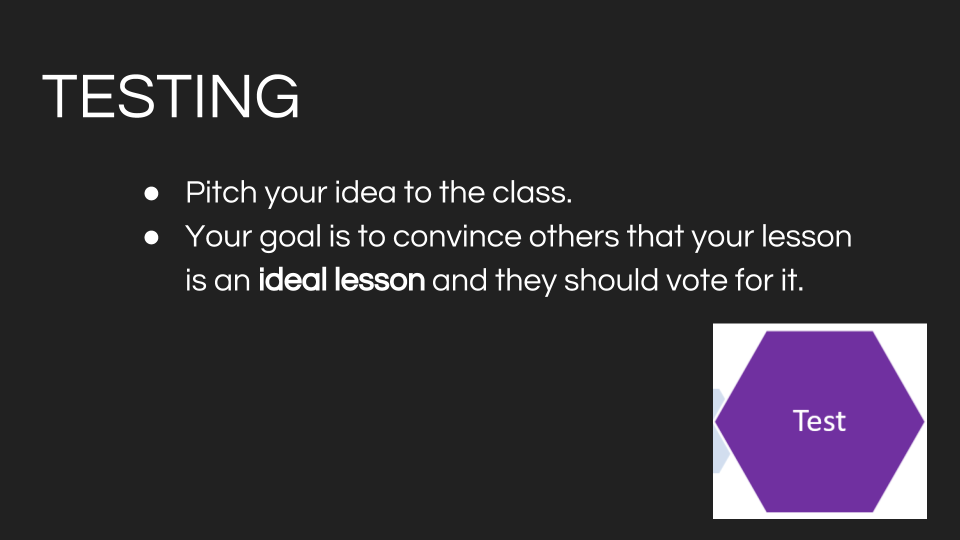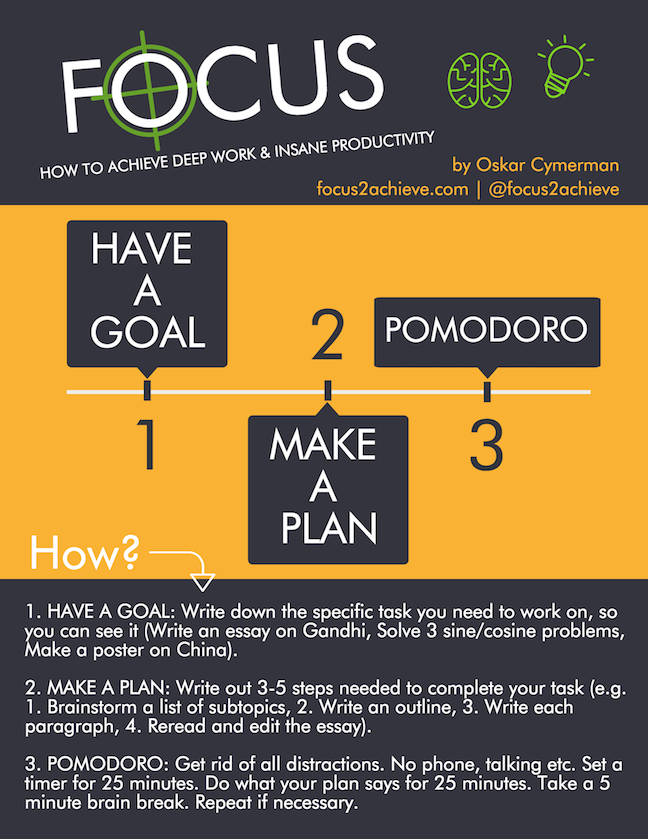Design Thinking The Student Learning Experience
Tuesday the 4th is GO time for me. New room. New kids. New school year.
I'm psyched, excited, hopeful, and a little scared. The fear is completely illogical, but that's me and I learned to embrace it.
Workshop/Get Ready week done. I had the physical space ready to go Tuesday. Furniture placed. Tech working(ish). Caffeine plentiful.
But wait... How the hell do I do this teaching thing again? I mean, I haven't done it for 3 months. The mental muscle has atrophied. I spent the week being busy, but mostly avoiding planning for the thing I am tasked with doing. Teaching, or maybe helping my students learn, or maybe both are important when it says Teacher next to your name.
No wonder you're anxious! my logical part says, but year after year my brain just keeps saying it's too much fun to give up working the eleventh-hour shift. It's because a breakthrough always seems to happen at the last possible moment.
Not to say I did not have a few light bulbs come on throughout the week because I did. They were good ideas, but there were what ifs and how am I's involved. Then, unexpectedly, a fuse was lit by Kristy Kruse Louden's blog Design Thinking as a Back to School Activity last night. I read Kristy's post, looked at the slideshow, told her I'm adapting (read: stealing) it for my classes, but I was too tired to process and figure out how. I slept.
And now the bomb went off and I know. This is the one for the ages. Or, at least until next year, we'll see. But I feel like I'm really onto something. so here it is.
DAY 1
First, let's get the student minds going with something real...
Second, let's pose a question...
Third, let's introduce Design Thinking. No long descriptions, just explain it's a cycle/web, not a sequence, as you jump between steps.
Now, let's go to town! Ask students to walk around and interview/be interviewed by 5 people to get 5 answers to the 2 questions below.
Finally, have students gather in their groups and combine their research (empathy work) into key ideas/takeaways.
DAYS 2 & 3
Remind students of what the problem is.
Ask students to first individually review their previous work/notes and spend 5 minutes coming up with ideas for solutions. Then, they brainstorm in groups.
With the Empathy, Definition, and Ideation work well on its way, it is now time to create.
Each team should work on the prototype (presentation/poster/video etc.). The first 10 minutes on Day 3 can be used to show a 10-minute Shart Tank clip, so students see a good product pitch and can practice theirs.
DAY 4
Can they sell their ideas to an audience of peers? The prototypes are ready and it's GO time!
Here's the link to the 14-slide show to go with the project.
This activity can be used anytime, not just beginning of the year and it can be applied to any problem in any class. And, it's a gift that keeps on giving.
Students get the voice/choice personalization combo. Check.
Students create their own learning. Check.
You learn how they like to learn. Check.
They learn how Design Thinking works. Check.
They practice/hone Future Ready skills. Check.
They strain their brain and learn a lot. Check.
It's relaxed, engaging, and meaningful. Check.
The only help I plan to give is on explaining the Design Thinking Process and providing materials. Otherwise, the world is my student's oyster. Actually, it's an ocean of possibilities. I wouldn't have it any other way.
I hope you're the same.
You have the power to change lives. Use it often.
Did you enjoy this article? Want more? Sign up below!
Hi! I'm Oskar.
I teach, write, speak, rant to make the world better.
BOOKS & TOOLS
CONTACT ME
Past Articles:
- December 2025
- September 2025
- August 2025
- July 2025
- June 2025
- August 2024
- July 2024
- June 2024
- October 2023
- September 2023
- August 2023
- July 2023
- July 2022
- June 2022
- November 2020
- October 2020
- April 2020
- March 2020
- July 2019
- June 2019
- April 2019
- January 2019
- November 2018
- October 2018
- September 2018
- August 2018
- July 2018
- June 2018
- May 2018
- April 2018
- March 2018
- February 2018
- January 2018
- December 2017
- November 2017
- October 2017
- September 2017
- August 2017
- July 2017
- June 2017
- May 2017
- April 2017
- March 2017
- February 2017
- January 2017
- December 2016
- November 2016
- October 2016
- September 2016
- August 2016
- July 2016
- June 2016
- May 2016
- April 2016
- March 2016
- February 2016
- January 2016
- December 2015
- November 2015
- October 2015


